Collage: An Art Genre Rooted in the Principles of Semiology
“It is the bricoleur who acts as the first explorer, tries new strategies, and opens new avenues…” (1). While the French definition of bricolage may not be as complimentary as its English counterpart, the English definition (“Something constructed or created from a diverse range of available things”) (2) aptly describes the art genre collage. However, an artist might argue that their experimentation with new materials and mediums goes beyond the French understanding of bricolage.
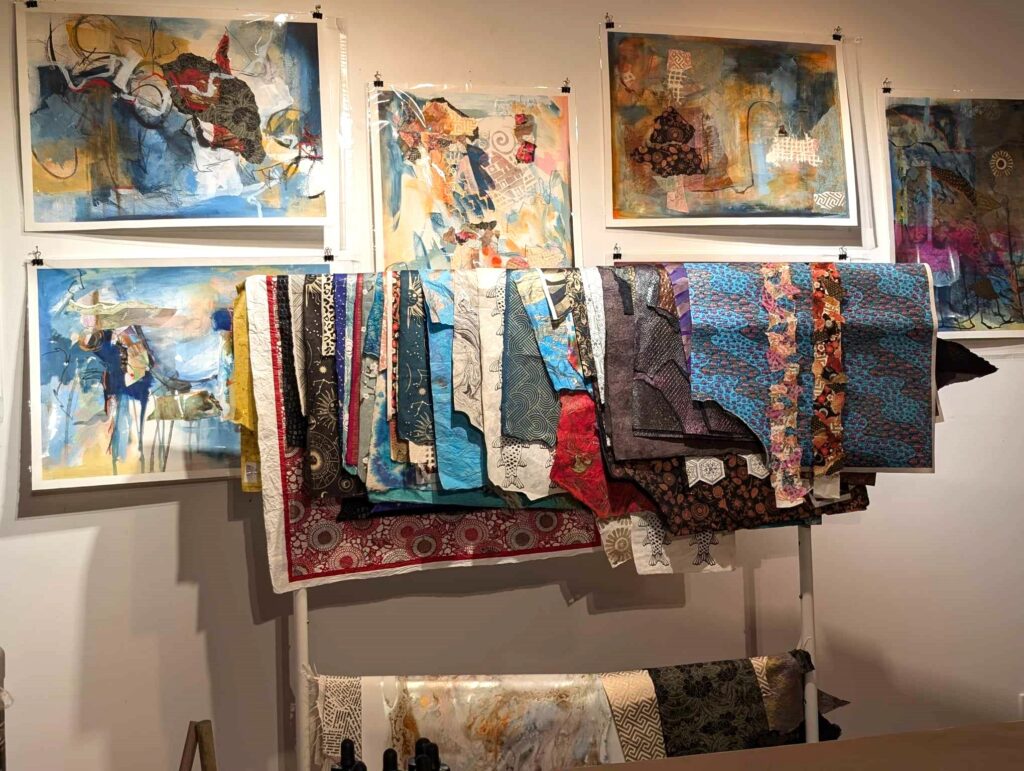
In 2021, I wrote about Fernande Saint-Martin and her significant contributions as both an administrator and academic in Québecois art. Read more here: [https://frenchquartermag.com/fernande-saint-martin-quebecs-gertrude-stein/]. For three years (1955-1957), she and her partner Guido Molinari ran an avant-garde gallery in Montréal called L’Actuelle, which, alongside the Association d’artistes non-figuratifs, was dedicated to promoting an emerging art genre that communicated through colors, shapes, and lines instead of discernible figures.
Recently, I discovered a gallery in Plémet, France, dedicated to promoting the 400-year-old art discipline of collage. The Musée de l’art du collage, operated by writer Pierre Jean Varet and collagist Sylvia Netcheva since 1994, serves as an advocate for the collage art form, much like Fernande Saint-Martin did for non-figurative art. Emerging art genres need champions.
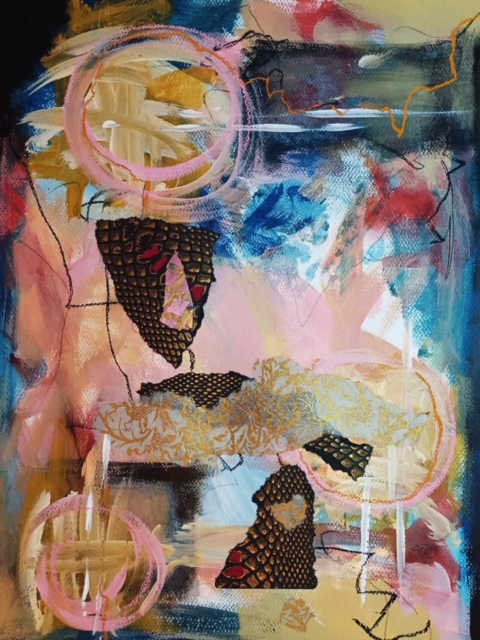
Collage can be simplistically defined as any artwork that involves gluing paper onto another surface, such as canvas or paper. According to the Oxford English Dictionary, collage is “an abstract form of art in which photographs, pieces of paper, newspaper cuttings, string, etc., are juxtaposed and glued to the pictorial surface.” Collage often doesn’t consist solely of cut paper but instead incorporates various materials to enhance the artwork. The Montréal Museum of Contemporary Art described collage in the 2014 exhibition “Gesture and Fragments” as follows:
“Collage is one of the few artistic practices that navigates freely between what we have termed high and low art, or, more radically, between art and craft. Collage feeds off the plethora of images contemporary society produces, appropriates its detritus, and absorbs anything and everything into its visual field. It deals with ephemera, offering new meaning through recontextualization” (3).
France not only gave the name to the art genre but also nurtured its growth. Cubists Georges Braque and Picasso pioneered the technique of incorporating bits of torn newsprint and wallpaper into their paintings. Advances in paper production in the late 19th century made these materials more affordable, and, with the passage of the 1881 freedom of the press act, newspapers flourished in France. These experiments challenged traditional definitions of art, and they continue to do so. Paper and glue helped redefine mixed-media art. The process of borrowing and imitating ideas became an acceptable form of artistic expression. Early 20th-century art critic Louis Vauxcelles, in Le Fauvisme, emphasized that their mentor, Gustave Moreau, brought his students to the Louvre not to imitate but to assimilate the innovative spirit of past works (4). The artist’s role was to untangle confusion and reconstruct the artistic puzzle with renewed creativity.
One of Moreau’s protégés, Henri Matisse, ended his career as a collagist. He likely used Arabic gum as an adhesive, which had the disadvantage of yellowing paper and pigments over time. The ultimate advancement in collage came with the invention of acrylic adhesives in the early 20th century (5). Isn’t it logical that the encouragement to borrow and re-express ideas would eventually lead to the use of pre-manufactured materials to create new artistic expressions?
In winter 2012-2013, the Quebec art magazine Vie des arts dedicated an entire issue to exploring the growing use of collage in contemporary art. The genre, they argued, “has become so complex that its very name is disputed,” now encompassing digital technologies such as image manipulation software, 3D illusions, and photomontage (6).
If we expand Vie des arts’ definition of collage to include digital technologies, it becomes clear how graphic artists use collage to communicate subtle spiritual messages.
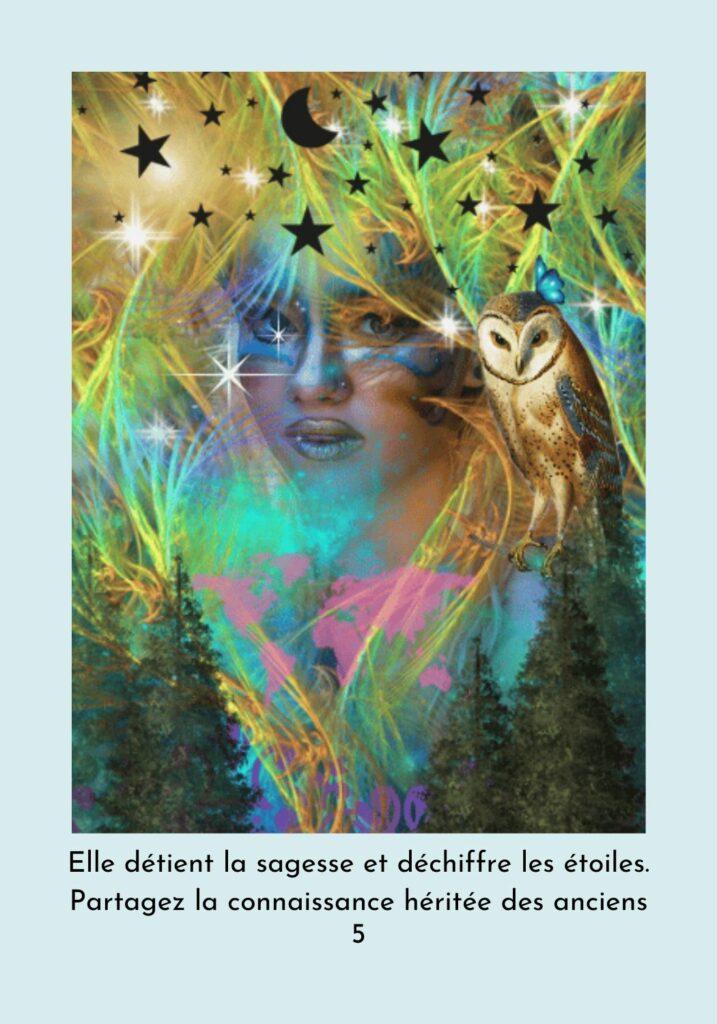
The Association d’artistes non-figuratives rejected the use of discernible figures, leaving the interpretation up to the viewer. I wondered how their chief advocate, Fernande Saint-Martin, would feel about using cut representational photos of people or structures to convey thoughts. As a semiologist, she believed that a highly representational image, when cut and placed in a collage, could signify a new, implied message. In her article Michel Parent, De l’image fabriquée à la fabrication de l’image, she observed that cut images (empruntes) used in a new composition serve as signs conveying social or political meaning (7).
Collage is often not a complete mosaic, nor does it always incorporate discernible figures, but it remains consistent with the goals of non-figurative artists. A strategically placed torn piece of paper can complete a composition. Québecoise artist L’OR frequently uses torn decorative paper to draw the viewer’s attention to specific areas of an abstract painting, serving as the starting point for broader observation. When she doesn’t have the ideal piece of paper for her composition, she creates one herself. In one of her paintings, L’OR glued parts of a female figure’s skirt and used matte gel to mold the skirt into a three-dimensional form. Thanks to advanced adhesives, collage works are now better preserved. In 2017, after a flood submerged the studio, a painting by L’OR survived without needing additional adhesive (9).
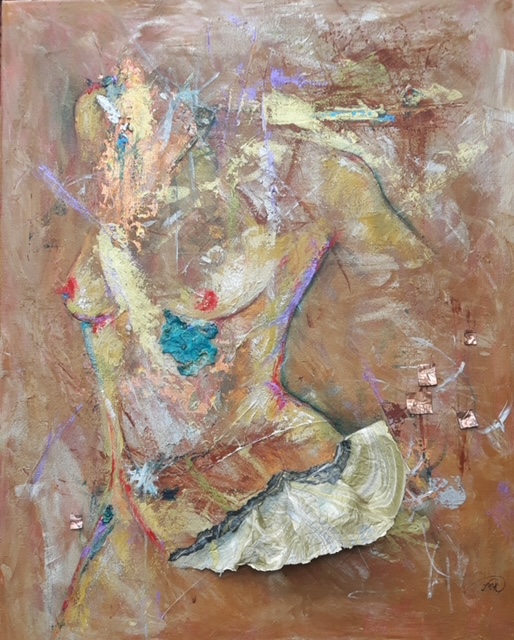
To learn more about L’OR’s collage work, visit:
[https://www.youtube.com/watch?v=OxqTEkU6uUY]
[https://artistsincanada.com/art-show/safe-under-michael-s-wings-16]
Notes
- Semetsky, Inna. The Edusemiotics of Tarot: Recovering the Lost Feminine.
- Oxford English Dictionary.
- Geste et Fragments, commissaire : Lesley Johnston, Musée d’art Contemporain de Montréal, 6 février 2014 – 27 avril 2014.
- Vauxcelles, Louis. Le Fauvisme, Éditions Olbia, Paris, 1999.
- L’histoire des adhésifs remonte aux Néandertaliens, mais dans le domaine artistique, c’est l’acrylique qui a révolutionné la pratique du collage au 20e siècle.
- Vie des Arts, Montréal, No. 229, Hiver 2012-2013.
- Saint-Martin, Fernande. De l’image fabriquée à la fabrication de l’image, Vie des Arts, Montréal, Vol 24, no 96, automne 1979.
- Parent, Michel. De l’image fabriquée à la fabrication de l’image.



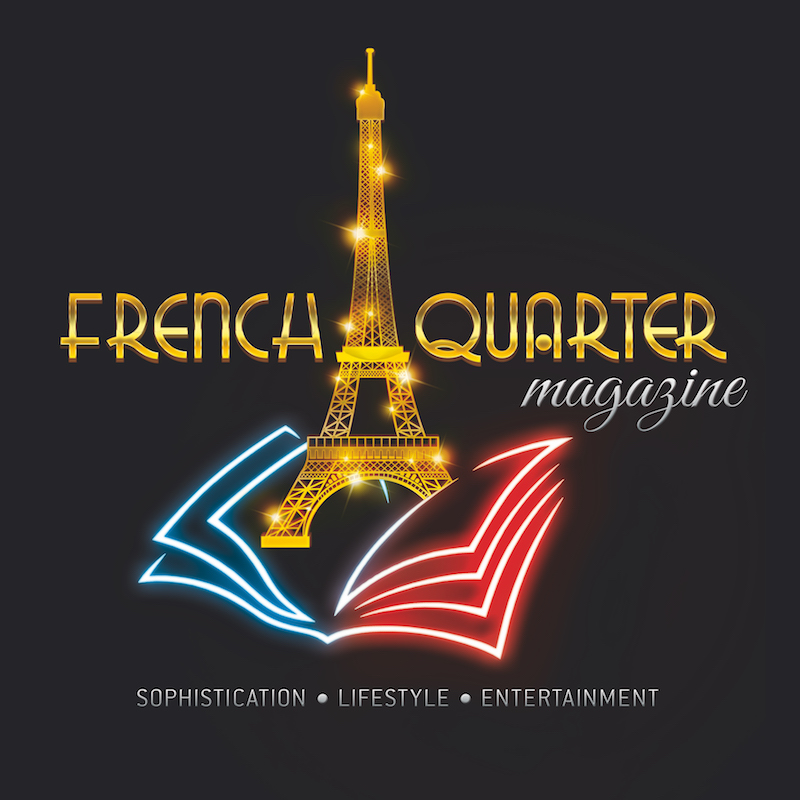



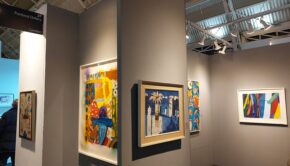







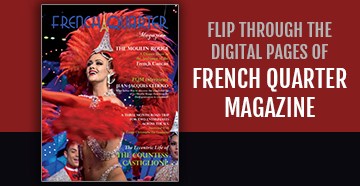





Fantastic read! This article does an excellent job of breaking down what smart homes are and how they’re transforming modern…